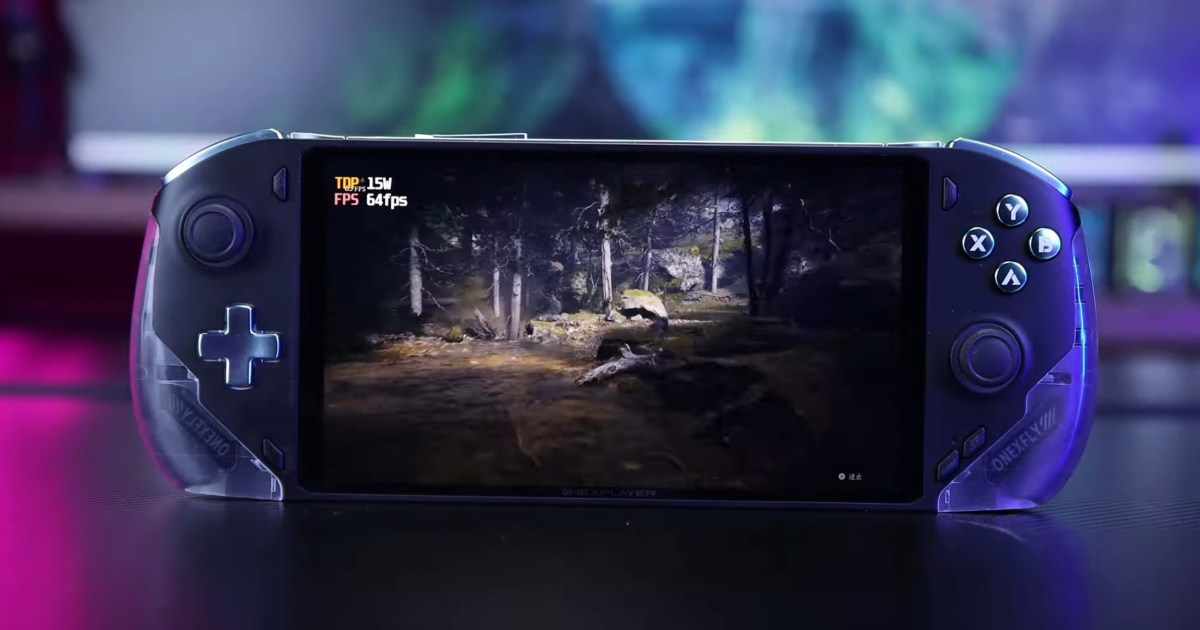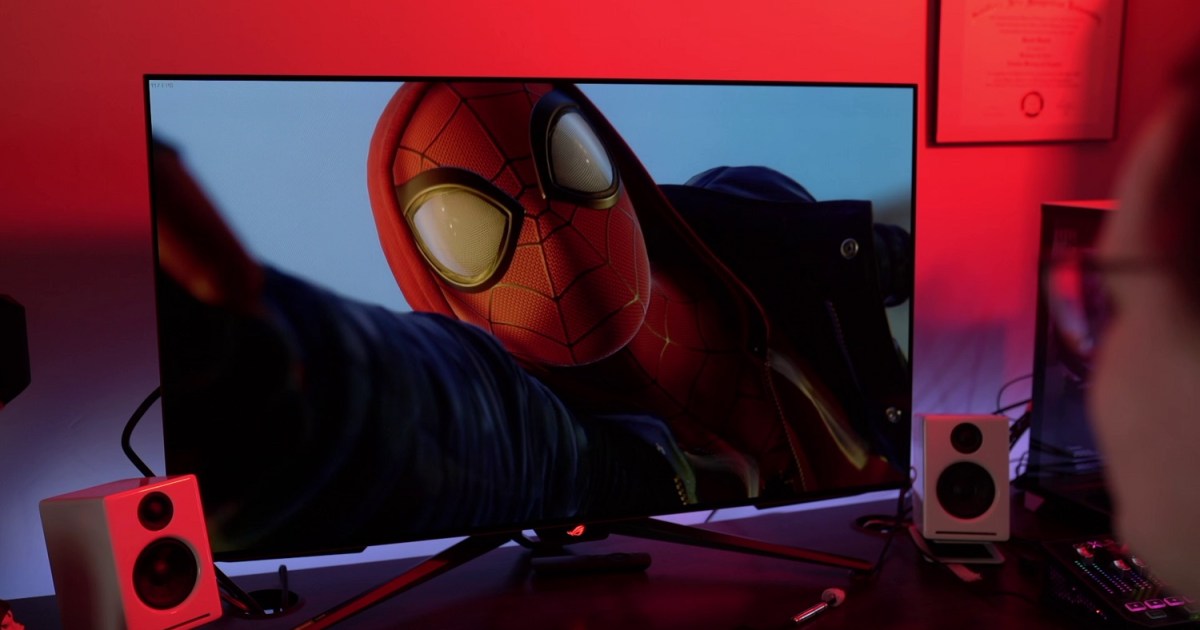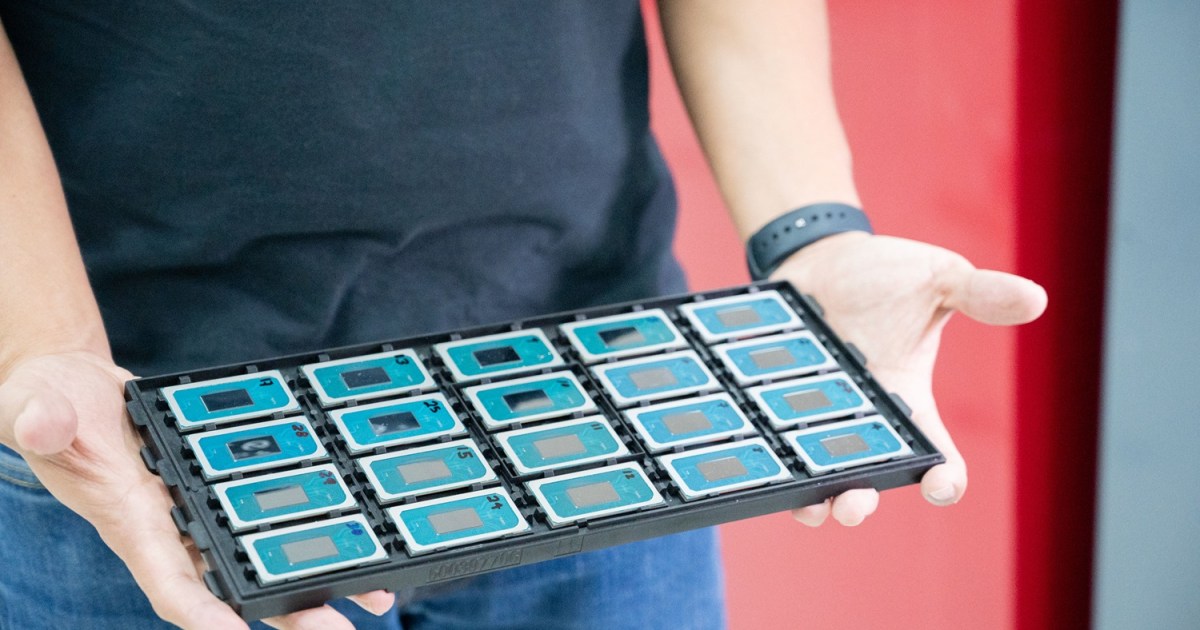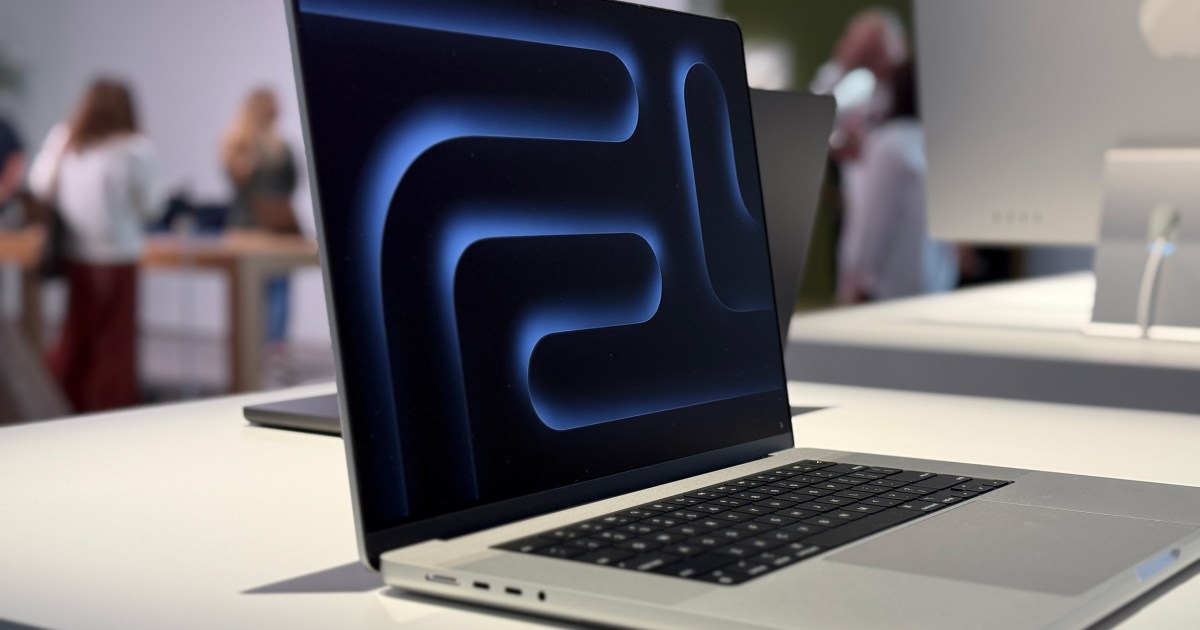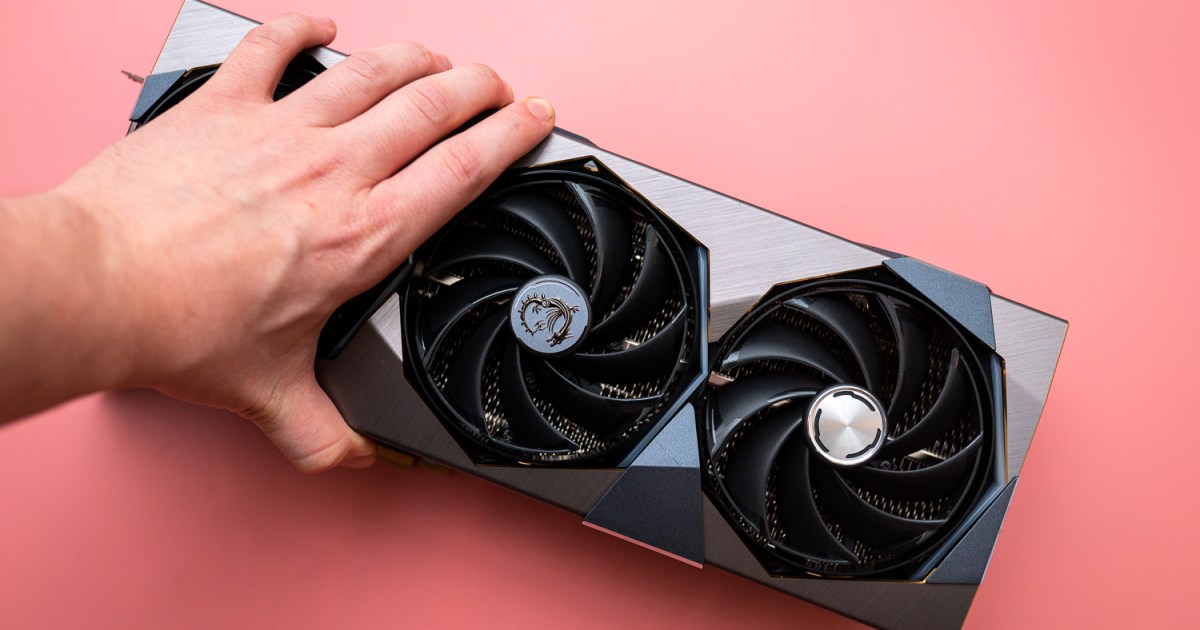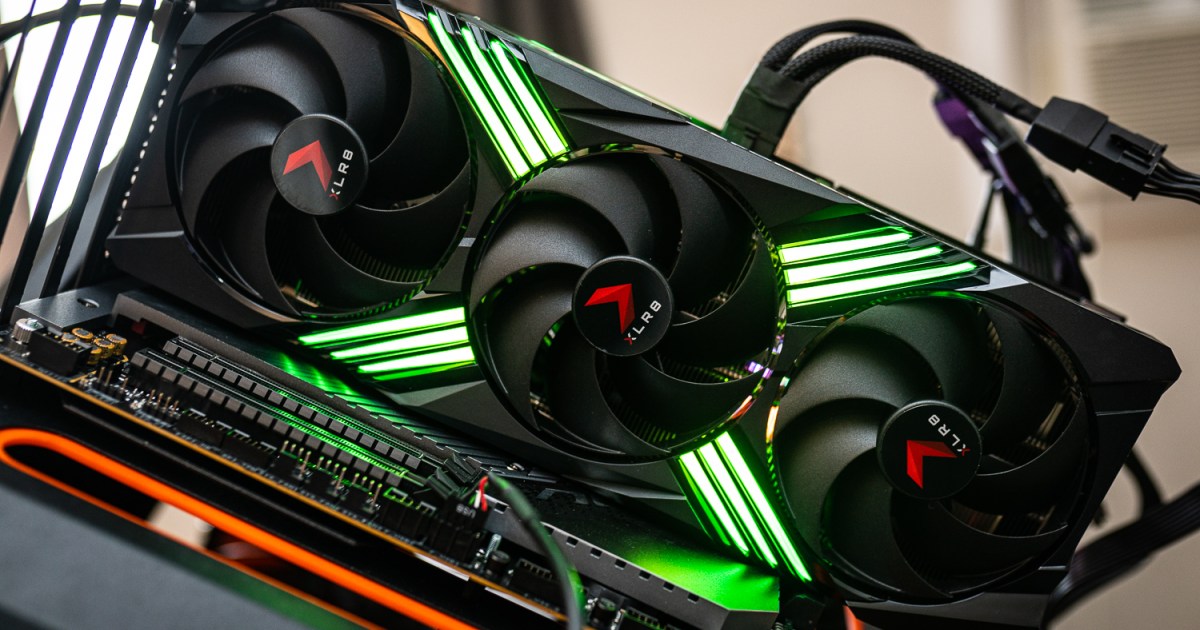The AMD Ryzen AI APUs power some of the leading gaming handhelds. While the latest Strix Point chips are still rare in new devices, the OneXFly F1 Pro gaming handheld is breaking ground with the Ryzen AI HX 370. Benchmarks in Black Myth: Wukong reveal an impressive average of 58 frames per second (fps) at a 15-watt thermal design power (TDP). While impressive, a deeper look reveals that AAA gaming on the go still requires certain trade-offs.
OneXFly F1 Pro: Powering Portable Performance
The OneXFly F1 Pro features the Ryzen AI HX 370, boasting 12 cores (four Zen 5 and eight Zen 5c) and 24 threads. The Zen 5 cores can boost up to 5.1GHz, while the Zen 5c cores reach 3.3GHz. With a configurable TDP between 15W and 54W (default 28W), the AI HX 370 offers substantial graphical capabilities thanks to the integrated AMD Radeon 890M. The handheld also sports a 7-inch OLED screen with a 144Hz refresh rate.
A video by the manufacturer, first highlighted by VideoCardz, showcases the handheld running Black Myth: Wukong smoothly. Benchmarks confirm this smooth gameplay, with a steady 58 fps, albeit with occasional dips to 40 fps. Achieving 58 fps in a modern AAA title at a 15W TDP is a significant feat. While it’s speculated that higher TDP configurations could improve performance at the cost of battery life, this remains unconfirmed.
The Trade-offs for Portable Power
Maintaining near 60 fps at 15W does involve compromises. While the game runs at a theoretical 1080p, it utilizes 65% resolution scaling, resulting in a resolution closer to 700p. AMD’s FidelityFX Super Resolution (FSR) is enabled, and Black Myth: Wukong‘s support for frame generation (from both AMD and Nvidia) likely contributes to the performance. Furthermore, the test was conducted at low graphical settings.
The Future of AMD in Handheld Gaming
While pricing and availability remain unknown, the OneXFly F1 Pro’s performance, even with the aforementioned compromises, is noteworthy. Further testing at higher TDPs would offer valuable insights into its full potential. AMD is a key player in the handheld gaming market, but the Strix Point lineup has primarily appeared in GPD mini PCs. The OneXFly F1 Pro marks the first gaming handheld powered by AMD’s latest chip. Anticipation builds for AMD’s next-generation Z2 Extreme chip, expected to be unveiled at CES 2025.
Conclusion
The OneXFly F1 Pro, with its AMD Ryzen AI HX 370, sets a new standard for performance in handheld gaming. While compromises are necessary to achieve smooth gameplay in demanding titles like Black Myth: Wukong at lower TDPs, the achieved frame rates are impressive. This handheld demonstrates the potential of AMD’s latest APU technology in delivering a compelling portable gaming experience.



